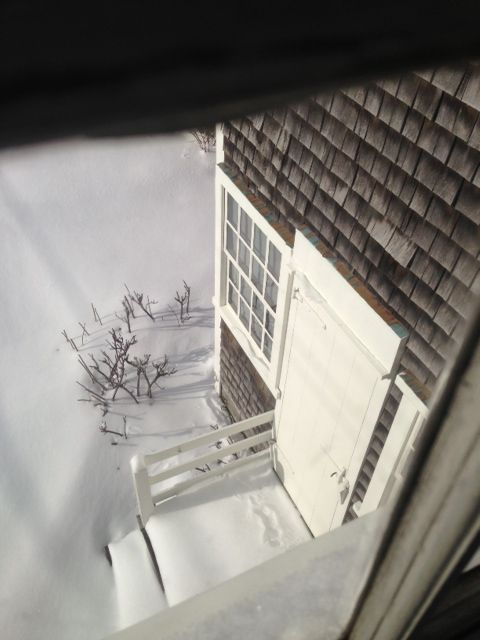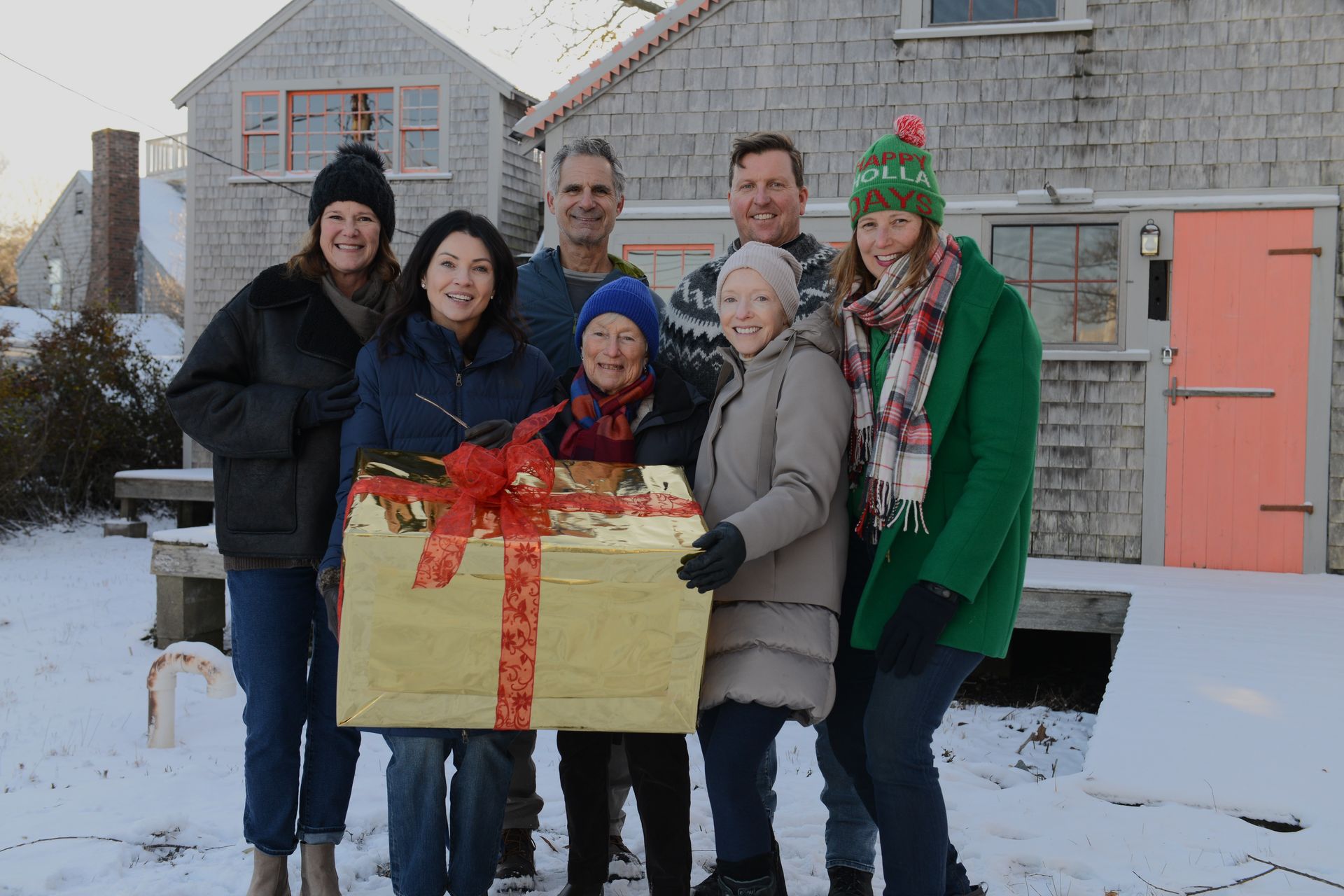Keep Calm and Bird On: August 24, 2020
“If you don’t look, you don’t see. You have to go and look.”
-Edith Andrews
But where to go? Birds are everywhere, they don’t stay still. But if you look, you may find a few. We have a few suggestions. So, keep calm and bird on.
Head of the Plains, owned and managed by the Nantucket Conservation Foundation, is a wonderful mosaic landscape, with a changing smorgasbord of birdlife. Reached from either Red Barn Road or Barrett Farm Road, spread out between Long Pond and Hummock Pond, it offers a variety of habitats.
It’s a mix of coastal prairie, with little bluestem and other grasses, forbs such as goldenrod and sweet everlasting, shrubs such as huckleberry and bayberry, and small groves of pitch-pine and chokecherry. In short, there’s lots of food for
birds – and butterflies – here, with great “seasonal menus.”
Eastern Kingbirds (see image below) and Savannah Sparrows breed here in the open areas. In shrubs, Prairie Warblers and Eastern Towhees make their nests. Common Yellowthroats utilize the pond edges. In the small isolated pitch-pine groves, Pine Warblers raise their broods. Several Osprey nests surround the pond. Northern Harriers are common; a Merlin or Kestrel might fly through; shorebirds use the barrier beach at the pond’s south end.
During the long fall migration period, the pine groves are a magnet for numerous species. Warblers, such as the American Redstart, Black-throated Green, Black-throated Blue, and others, are seen here. Summer Tanagers, Eastern Meadowlarks, flocks of Tree Swallows: you never know what you might find.
Another tip for DIY birding is to really take your time to observe well. Watch behavior; see the bird from all angles. Consult a field guide; one of the advantages of Peterson’s field guide is that diagnostic features are pointed out in the illustrations. The Cornell Merlin app is also popular. Another way to learn your birds is to make a rough field sketch. It’s a way of training your eye, and teasing your mind, preconditioned to attempt to ignore the blandishments of advertising, to really pay attention.
Recent Posts







